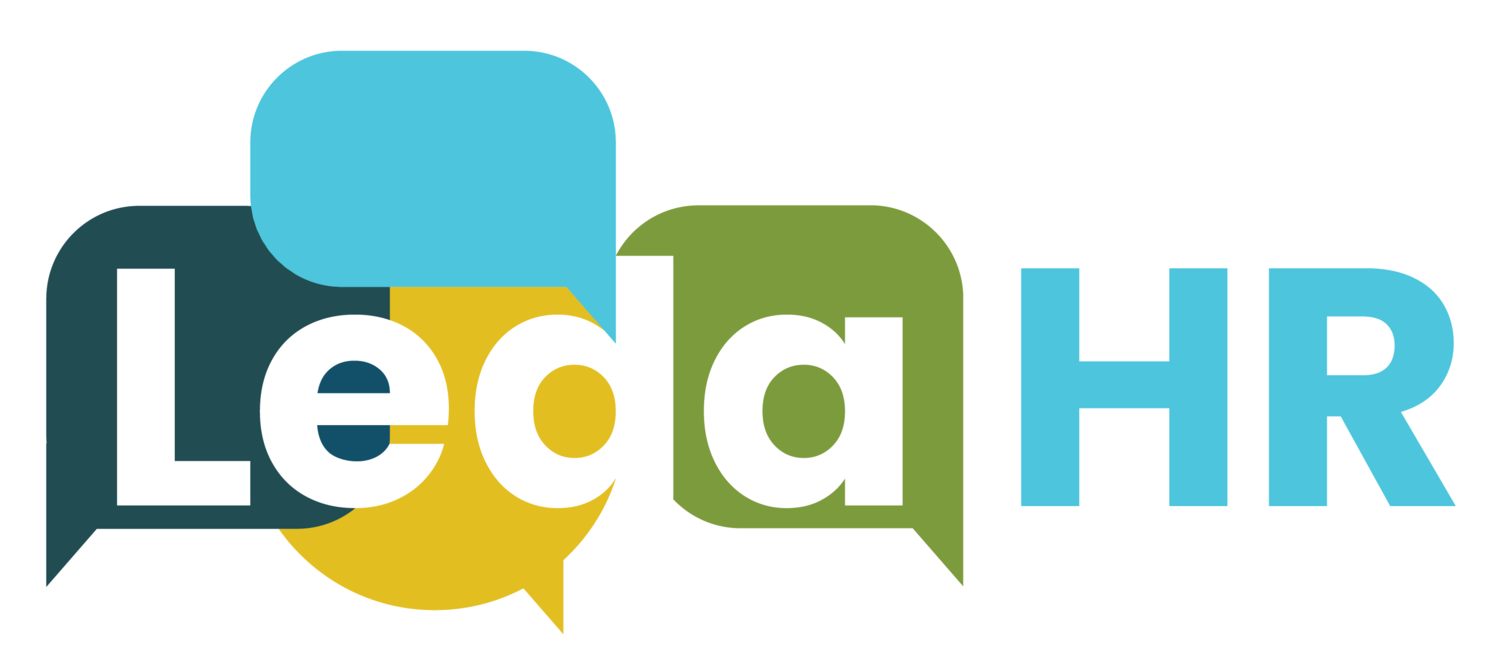Why Inclusive Hiring Practices Matter
By Annika Lofstrand, Partner, Leda HR
What do we mean when we say inclusive recruitment? For me and my business partner, Kristin Bower, an inclusive recruitment process is end-to-end, not just one step. It includes how you connect with a broader talent pool, how you interview,and making hiring decisions that value candidates who demonstrate diversity of thought, background, and experience. From our time as recruiters in employment agencies, searchfirms, and in-house, we know that biases are inherent in the recruitment process, no matter how well-intentioned interviewers are.
Mitigating unconscious bias in recruitment
Air BnB discovered that they were unintentionally falling into the trap of similarity bias. In this Air BnB Talent on Tap Interview they talk about the simple (and common!) practice of connecting with a candidate based on something more personal from their resume at the start of the interview and what they learned when they examined it.
Hiring managers often try to build rapport by connecting around a common interest or experience like where they went to school– we have done it and if you have hired, you probably have, too!Air BnB found that this increased the likelihood of similarity bias and potentially put some candidates at an unintentional disadvantage.
Connecting just enough but not too much is hard! A simple technique to mitigate bias when evaluating candidates is to stay curious. Having a mindset of “what don’t I know?” can keep you curious and less likely to make assumptions about who ‘fits’ in the role, on your team, or in your organization. Consider culture ‘add’ rather than culture ‘fit’ and not hiring as you’vealways done, just because you’ve always done it.
How to create an inclusive recruitment process
In our experience, more inclusive recruitment practices are a combination of a process AND mindset or behaviours. Here are a few suggestions to make better hiring decisions:
Move from unaware to aware: Help individuals and teams identify and mitigate the most common types of conscious and unconscious bias that impact hiring decisions.
Widen your talent pool: Get creative about where you advertise your openings and say something (genuine) in your postings about why diversity of thought, background, and experience matters.
Screen in for diversity: Ask job seekers to self-identify if they are from a diversity group(s) and screen them in as a first step to ensure that you have diversity in the candidate pool. If they aren’t qualified, screen them out.
Use inclusive recruitment and selection tools: Ensure your job descriptions and postings focus on the must haves rather than the nice to haves, use consistent and behavioural-based interview guides and use rating tools.
Ensure diverse perspectives in the hiring process: Build diversity of decision-makers into your recruitment strategy for every hire, from the agency or search firm you partner with to your hiring panel. Reach out to other departments, team members, and leaders so you can mitigate biases like similarity or affinity bias by intentionally taking different perspectives into account.
Build an inclusive environment: Know what you are attracting candidates into! Get feedback from employees and work to remove barriers to a welcoming, diverse, and inclusive workplace culture. Attracting and recruiting diversity is only one part of the equation – retaining them is the other!
Here are some resources if you want to learn more about mitigating unconscious bias in recruitment (and beyond!):
Video
EY Blind Spots: Challenge Assumptions
Articles
7 Practical Ways to Reduce Bias in Your Hiring Process, HBR
How to Reduce Personal Bias When Hiring - HBR
The 3 things that happen with bias (and what to do about them)– BookNet Canada
Addressing Unconscious Bias – McKinsey
Take a Harvard Implicit Association Test
Canadian IATs at: https://implicit.harvard.edu/implicit/canada/takeatest.html
American IATs at: https://implicit.harvard.edu/implicit/selectatest.html

